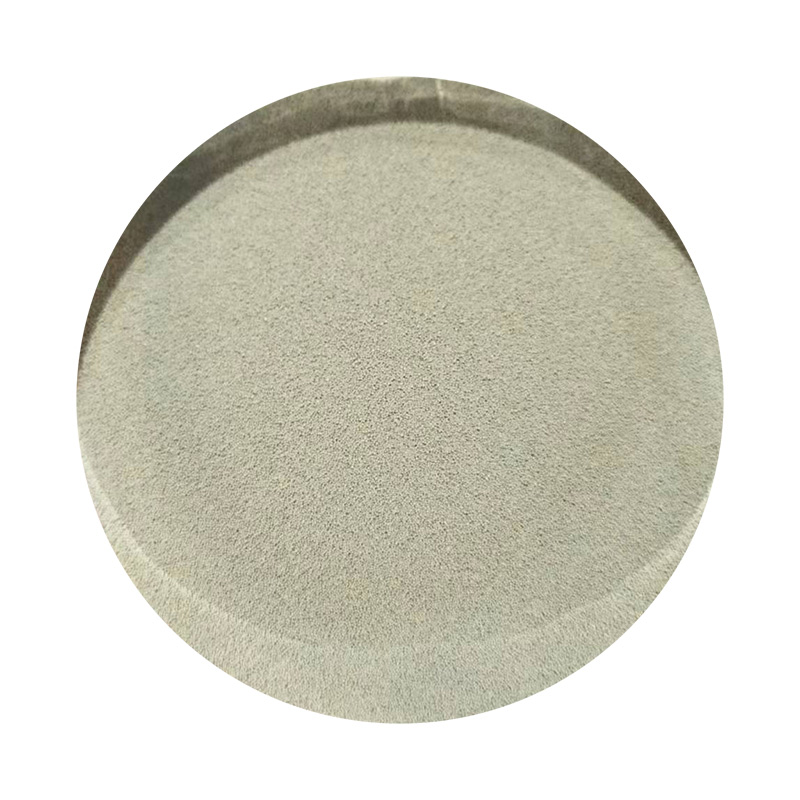The Importance of Sanding in 3D Printing
In the world of 3D printing, achieving a smooth and refined finish on printed objects is a crucial aspect of the production process. While the capabilities of 3D printers have advanced significantly, producing high-quality models with intricate designs, the surface finish often requires additional attention. One of the most effective techniques for enhancing the surface quality of 3D printed items is sanding.
Understanding the 3D Printing Process
The 3D printing process, which includes techniques such as Fused Deposition Modeling (FDM), Stereolithography (SLA), and Selective Laser Sintering (SLS), involves layer-by-layer deposition of material to create a three-dimensional object. As each layer is added, minor imperfections can arise due to factors like layer adhesion, nozzle issues, or the inherent characteristics of the chosen printing material. These imperfections can manifest as visible lines, rough textures, or uneven surfaces, detracting from the intended aesthetics and functionality of the final product.
Why Sanding is Essential
Sanding plays an essential role in the post-processing phase of 3D printing. It serves several key purposes
1. Surface Smoothing Sanding helps to eliminate the visible layer lines that are characteristic of many 3D printed objects. By carefully abrading the surface with sandpaper, users can achieve a more uniform texture, making the piece visually appealing.
2. Enhanced Aesthetic Appeal A smooth surface significantly enhances the overall look of a 3D printed model. This is particularly important for items like figurines, prototypes, or objects intended for display. A well-sanded finish can make a piece look more professional and polished.
3. Improved Adhesion for Paint and Finishes For those looking to paint or apply other finishes to their 3D prints, sanding provides a better surface for adhesion. A rough or uneven surface may lead to poor paint application, so a smooth finish is crucial for achieving the desired look when adding color or texture.
3d print sanding

4. Functionality and Fit In some applications, particularly in engineering and industrial design, the fit between interlocking parts is critical. Sanding can help achieve the precise dimensions required for components to fit together seamlessly, ensuring that mechanical functions operate as intended.
Techniques for Effective Sanding
When it comes to sanding 3D printed objects, there are a few techniques and tips to keep in mind
- Use the Right Grit Start with a coarser grit sandpaper (around 100 to 220 grit) to remove larger imperfections, and gradually move to finer grits (up to 2000 grit or more) for a smoother finish.
- Sanding Block For flat surfaces, using a sanding block can help maintain even pressure and prevent uneven wear.
- Wet Sanding For materials like PLA and ABS, wet sanding can be particularly effective. It produces less dust and can reduce the risk of overheating the plastic, which might lead to melting or deforming.
- Safety First Always wear a mask and goggles, especially when sanding materials that can produce harmful dust, such as certain plastics.
Conclusion
In conclusion, sanding is an integral part of the 3D printing post-processing workflow that cannot be overlooked. It transforms rough, layer-structured prints into visually stunning finished products that are ready for presentation, use, or further artistic enhancement. By putting in the effort to sand their prints properly, 3D printing enthusiasts and professionals alike can elevate their creations, bringing their design visions to life with a level of quality that stands out in a crowded marketplace. Whether for hobbyist projects or professional applications, investing time in sanding pays off in the long run, enhancing both function and form.
Post time:Jul . 26, 2024 07:00
Next:Tips for Effectively Sanding Resin Projects to Achieve a Smooth Finish
